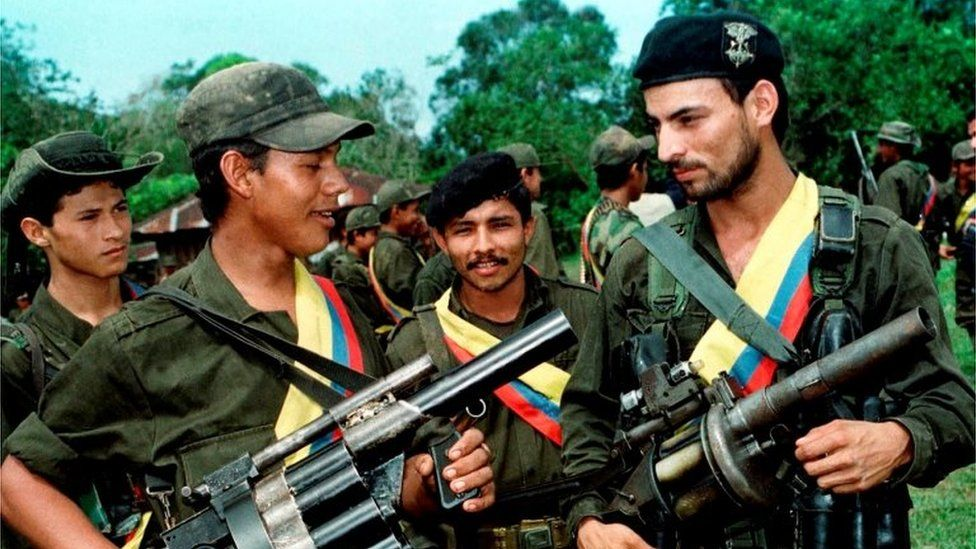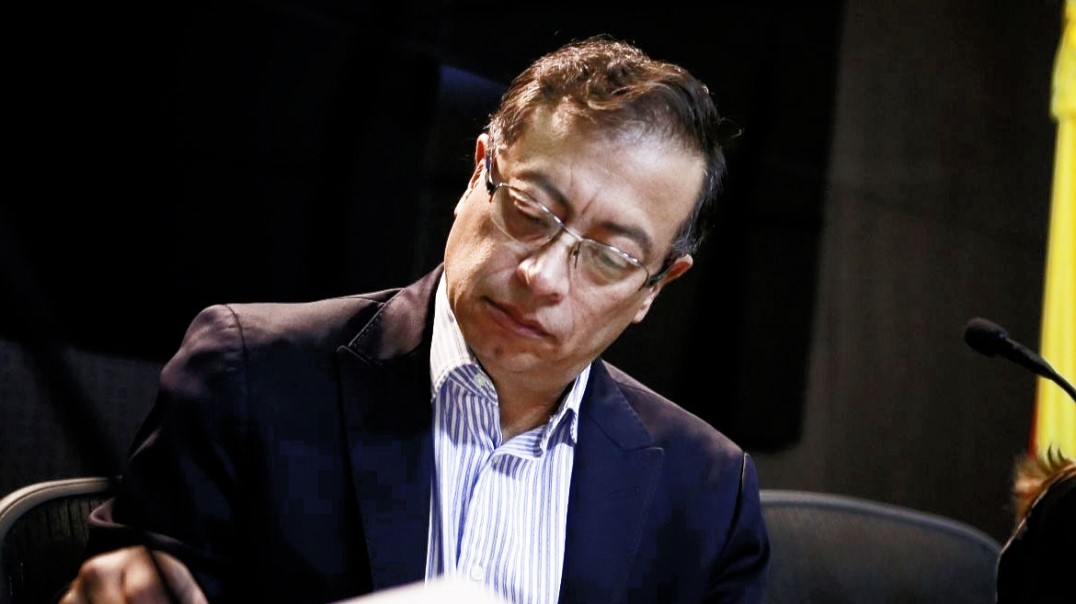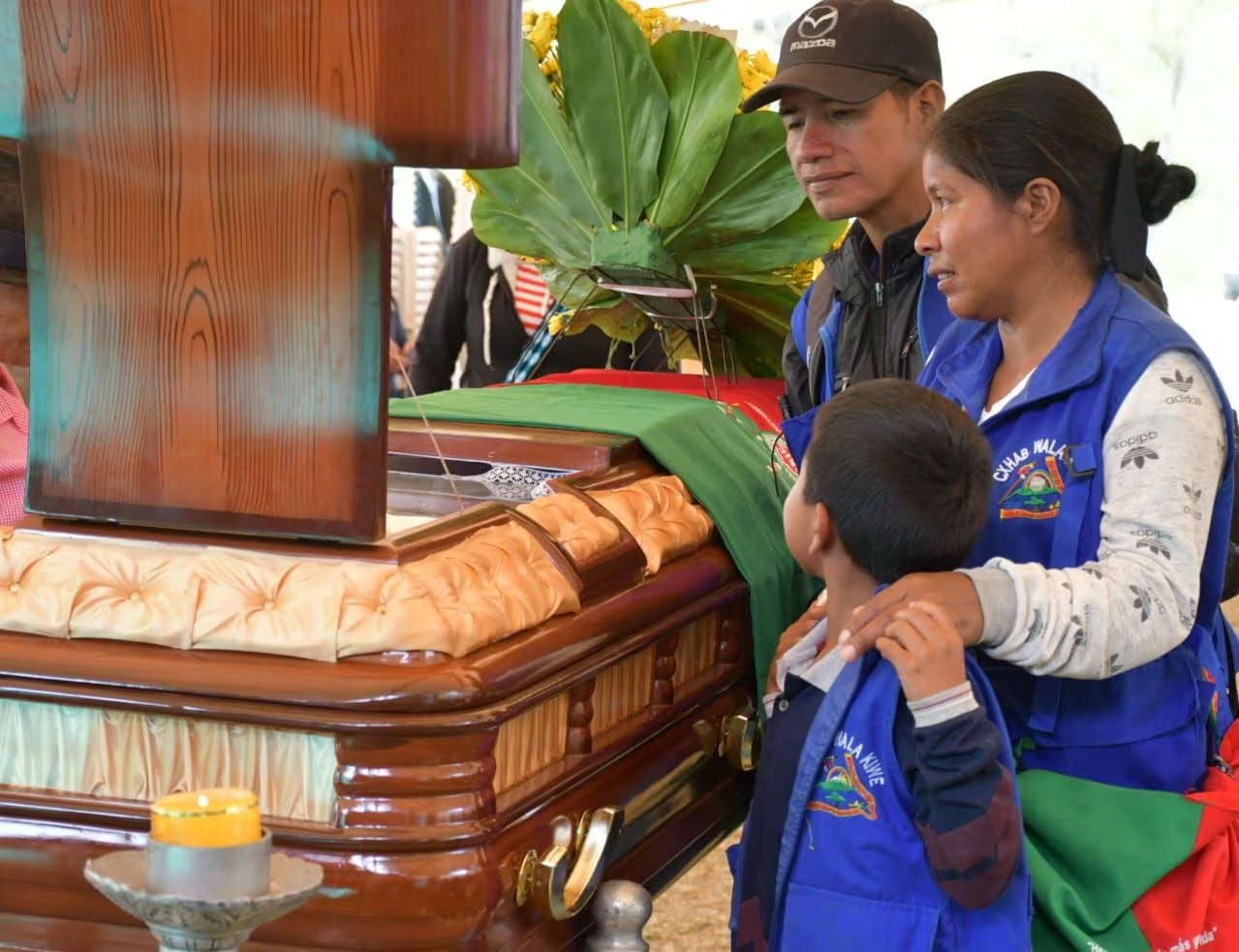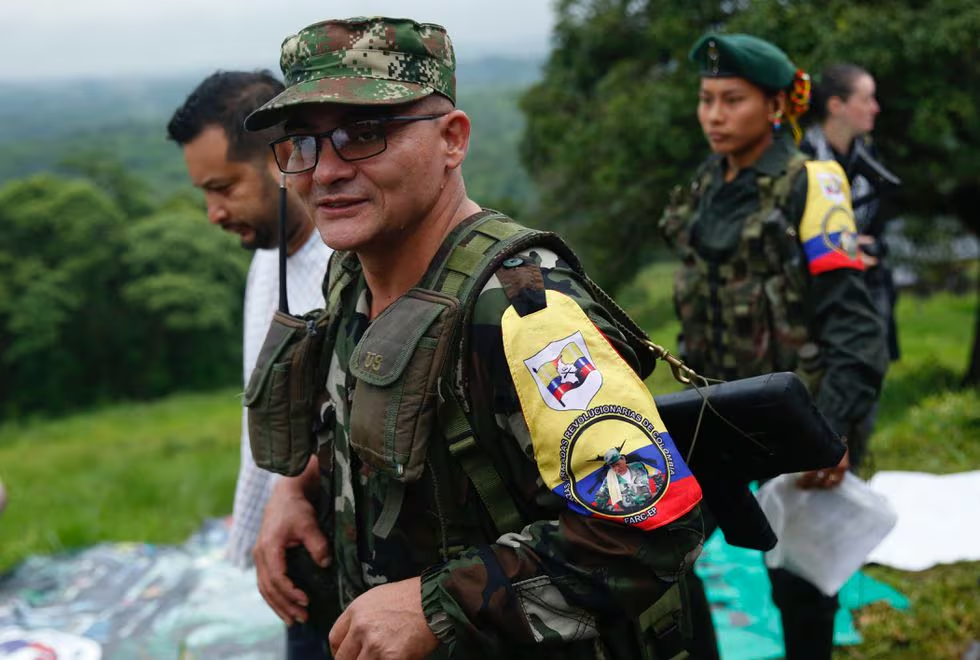The government of reigning President Gustavo Petro has allegedly planned to reinitiate peace talks with the Armed Revolutionary Forces of Colombia’s Estado Mayor Central faction (FARC-EMC) following the suspension of an earlier ceasefire nearly a week ago.
The news agency that broke the story, Semana, a Colombian news outlet often considered one of the most influential in all of the Americas, claimed the move to reinitiate peace talks comes from government sources “close to this process.” These sources claim that the peace talks would begin sometime in April, with meetings continuing in each department that the ceasefire was suspended in while they are expected to conclude by mid to late May.
The Ongoing Conflict:
Military action against the FARC-EMC was revived by order of President Petro on March 17th following an attack on an indigenous community that left one community leader dead and two others wounded. Following an appeal by the community, Petro’s government dissolved the ceasefire, with military operations resuming against the FARC-EMC on March 20th.
The prior ceasefire had been signed in October, with the agreement being resigned with added conditions by both the FARC and the Colombian government. One of these added conditions was for the FARC to ensure the safety of those living in rural Colombia who are commonly targeted by armed groups such as the FARC.

The FARC is known for kidnapping and forcibly recruiting minors living in rural Colombia, especially indigenous communities, in order to fill their ranks. The group is largely active in the countryside of Colombia, where they often produce narcotics, extort, and ransom those living nearby.
Military operations against the FARC have proven to be effective in recent weeks, as authorities have seized several tons of narcotics during raids on the armed group and have made dozens of arrests of those connected to the FARC, including key leaders of the group’s various substructures.
Analysis:
The alleged plan to reinitiate peace talks with the FARC comes as a surprise for many, with the relative shortness of the revived conflict leaving some wondering if this is the proper response to the armed group.
However, some speculate that the talks were cleverly planned, noting that after the successful operations carried out by the Colombian military, President Petro and the Colombian government will be in a much stronger position for bargaining than previously seen.

This revival of peace talks is a key feature of President Petro’s plan to bring “total peace” to Colombia by organizing ceasefires with various armed groups with the hopes of eventual disarmament in order to end the armed struggle that has plagued Colombia for decades and has led to the deaths of an estimated 450,000 people.
Prior to the revival of military operations against the FARC, protests broke out across major cities in Colombia against President Petro’s policy toward the armed group. Thousands of people gathered at the Plaza de Bolivar in Bogota a week prior to the dissolution of the peace agreement to protest Petro’s “total peace,” with protestors carrying signs and banners raising awareness for disappearances alleged to be connected to the FARC.
A Broken Truce:
The ceasefire would be broken following an attack by the FARC on an indigenous community, which killed a community leader and wounded two others.
The community leader, Carmelina Yule Pavi, was killed after attempting to help two minors who were in the process of being kidnapped by the FARC, likely to serve as forced conscripts in the organization’s war against the government.

Attacks against this community did not stop, however, as the caravan that was transporting Yule’s body was attacked by the FARC.
The community would identify five of the attacker’s identities; those alleged to be responsible for the attack are known as Zapata, Brayan, Amazonas, Pulga, and Cabañas. The community further stated that if the FARC fails to release two other minors it kidnapped on Tuesday, the community will mobilize.
“During the night, we will call for a territorial mobilization like never before seen in the history of Çxhab Wala,” the Association of Indigenous Councils said in a post on Facebook, “which will be reinforced during the day tomorrow by the other territories of Páez, and we will proceed to rescue the minors.”
“Los que dispararon son unos cobardes”: el desgarrador testimonio de Francy Liliana Ascué, nieta de la líder indígena Carmelina Yule, quien presenció todo el ataque de las disidencias de Iván Mordisco contra una comunidad desarmada. https://t.co/if1kX8q65f pic.twitter.com/oYPxoZAWBw
— Revista Semana (@RevistaSemana) March 19, 2024
Following the broken truce, the Colombian military would engage in operations against the FARC, leading to a clash in Putumayo, located in southern Colombia.
The Colombian Military would state in a post on X after the clash that four members of the Carolina Ramírez Front, a part of the FARC, have been detained while “29 explosive devices, five rifles, a pistol, abundant ammunition, communications equipment, as well as quartermaster material have been seized.”
FARC-EMC:
The FARC, otherwise known as the Revolutionary Armed Forces of Colombia, were originally leftist guerillas dedicated to bringing class revolution to Colombia during a period in the nation’s history known as “La Violencia,” otherwise known as the Violence. This period followed the assassination of the Liberal Party’s leader and presidential frontrunner, Jorge Eliécer Gaitán, in 1948, an assassination that would throw Colombia into chaos.
After his death, leftists in Bogota began what is known as the Bogotazo, a massive riot that quickly expanded across Colombia, leading to La Violencia. A number of right-wing paramilitary organizations and leftist guerilla groups would be formed during this period of Colombian history.
One of the most well-known was the Revolutionary Armed Forces of Colombia, or FARC. The group would find its formation after a failed attack in 1964 by the Colombian military on what was known as a self-defense community, one of a number of communist-held areas in rural Colombia. Despite the communists only having 48 active fighters opposed to the 16,000 Colombian soldiers, the group would survive the attack and escape to the nearby mountains where the FARC would be formed.

Since then, the FARC has operated as rebels, launching guerilla attacks on military convoys and strategic targets. Despite originally being made up of only 48 fighters, the group’s ranks would swell to the hundreds in later years. For much of its early history, the FARC would be limited to small-scale guerrilla encounters with government forces, but after what has been coined the “Coca Boom,” a period in which the production of cocaine skyrocketed, the group found itself with more funds to allocate to their operations.
The FARC would expand their operations into urban Colombia following the Seventh Guerilla Conference in 1982, largely due to their increase in funds. The group would also begin to send promising troops to the USSR and Communist Vietnam for advanced training.
The FARC would eventually agree to a momentous ceasefire with the government in 2016, which would see the bulk of the FARC disarmed and disbanded. Despite the ceasefire, however, a number of members of the FARC continued their operations against the government and the people of Colombia. This group would be known as the Estado Mayor Central, or EMC for short.


